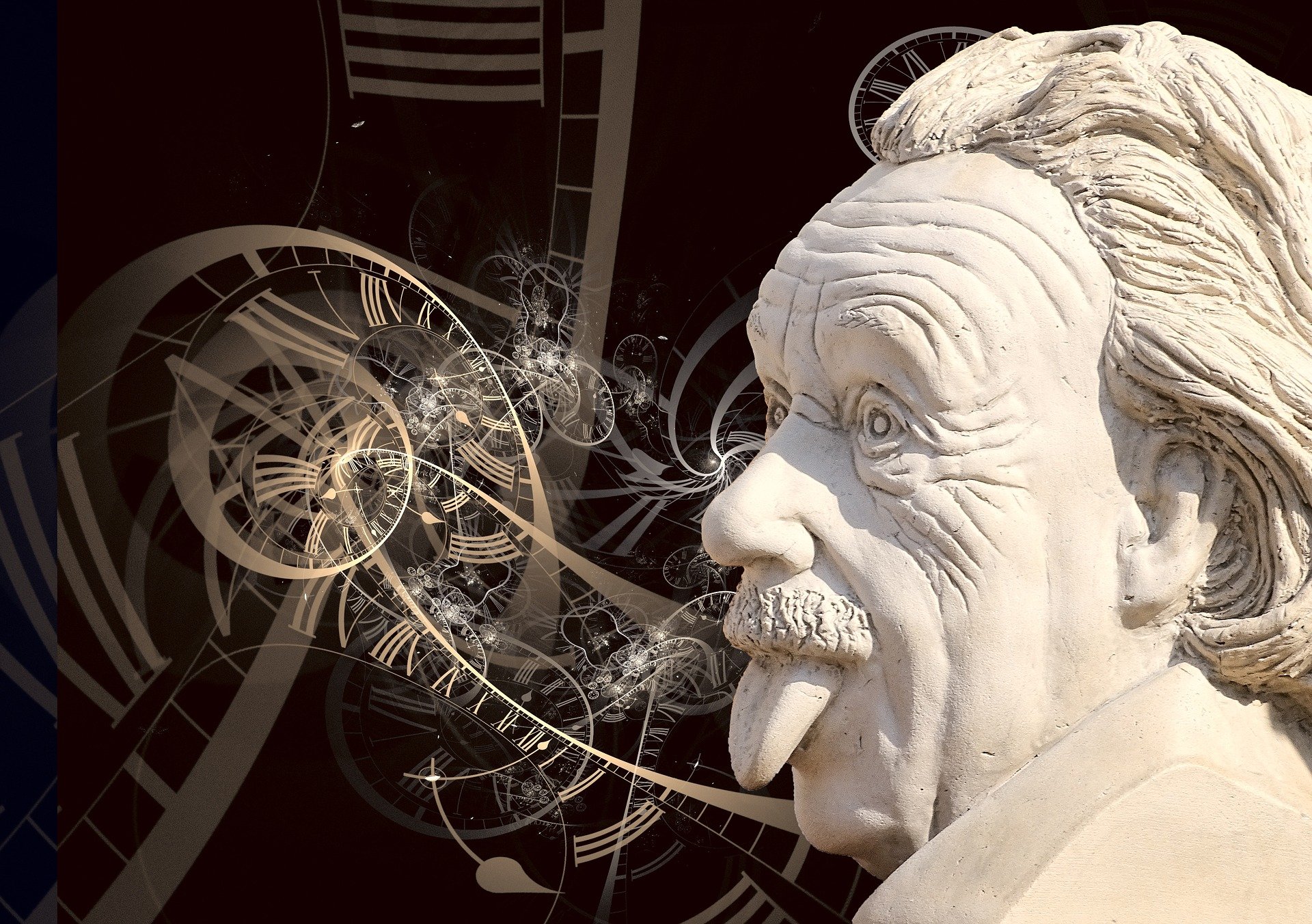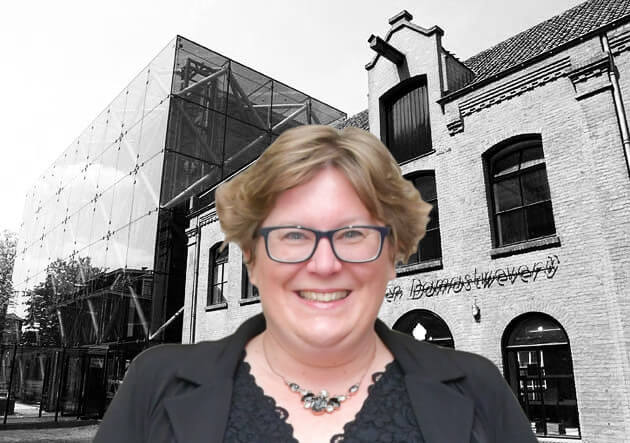
A few weeks ago, Sir Ken Robinson died. He is the man behind the most-watched TED-talk ever: ‘Do Schools kill creativity?‘ It prompted me to immerse myself in the subject of education and creativity. Of course, as a teacher, I can see how formats, step-by-step plans, and set methods bring students’ creative thinking down to a minimum level. After all, when you are given a set method or step-by-step plan, then there is no incentive whatsoever to come up with your own method or step-by-step plan.
But if only that was all there was to it. Unfortunately, I stumbled upon a scientific flood of literature that highlighted the fact that the problem is much more fundamental than the methodical and structured nature of education. In the first place, teachers are completely incapable of accurately estimating who the creative thinkers are in their classrooms and who are not. And furthermore, (this is when it gets really bad) teachers find the creatively minded students in their class more annoying than admirable. In education, therefore, creativity is more of a curse than a gift.
Creativity, more of a curse than a gift
The reason why teachers secretly find creative students annoyingly obnoxious is simply because they disrupt the lesson more often. For example, research shows that according to teachers, creative students are more likely to interrupt the lesson with questions. They behave more impulsively and call the rules in the classroom into question. In another study, teachers were asked to describe their favorite and least favorite students.
The favorite students were quiet, reliable, well-mannered, and sincere (typical traits not associated with creativity). The least favorite students were progressive, determined, and impulsive (typical traits associated with creativity). As such, the least favorite students were those who liked to try to do what others, including the teacher, deemed impossible.
It is fascinating how we have a profound desire that education should provide a place for creative students with 21st-century skills. While at the same time, we tend to reject the behavior and ideas of these students. This paradox is also referred to as the ‘bias against creativity‘. Incidentally, the ‘bias against creativity’ is not the only bias in this domain. There is also a gender bias, though this should come as no surprise to you.
Hackles up
Since creative thinkers often do not feel that they are being seen and appreciated at schools. So, they start rebelling in such schools. One of the best-known examples when it comes to this is Albert Einstein. Renowned worldwide as a genius, but a bit of a drama at school. So, if we want to train more creative thinkers and geniuses, we first of all, as teachers, have to take a good look at ourselves. What space do we offer to the creative thinkers that we are ‘preparing’ for the job market?
Just the other day, a student came to see me. He had written a very cool design-oriented thesis that was really very solid content-wise. In it, he had really gone off the beaten track and had helped the person who had given the assignment in such a way that they rewarded his work generously. But the assessors from the HBO [a Dutch University of Applied Sciences, ed.] course noted that some elements of the standard format were lacking. So he ended up going home with a grade well below a pass. Doesn’t that get your hackles up? It did mine, in any case.
Do we judge our students on the added value and the original ideas that they can come up with? Or do we see an assessment just as a checklist where we check if all the points that need to be assessed are present? We all go for the first one, but in practice, it is the latter that all too often dominates.
Assessed on structures
We often say that the future starts with the students of today. Yet to what extent do we train teachers to guide these students well? During my postgraduate teacher training, I was assessed on how well I could structure my lesson in time blocks of five minutes. Each time, I had to specify what the learning goal was. As well as what the role of the teacher and the role of the student should be.
I can tell you that my talent to deviate from that planning whenever I noticed that the students needed it was not rewarded on the teacher trainer’s assessment form. (Fortunately, the schoolchildren and students did, and a few years later I was nominated teacher of the year).
Scientists had already concluded 25 years ago that teachers let students’ creative aptitudes fade away. And that the current education of our students is more likely to turn them into conformists. Nonetheless, far too little has been done since then to address this problem. If we want to put ourselves on the map in terms of innovation, it is high time that we look closely at the teacher training programs and that teachers learn to appreciate and encourage our most creative students!
Einstein of the future
But there is more that we can and should do. We have to get rid of overcrowded classes as soon as we possibly can. In large classes, teachers are forced to pay more attention to order and ‘class management’, as it is so nicely called in teachers’ terms. As a consequence, creative students get into even more trouble. There is more room for experimentation and in-depth learning in smaller classes. This makes it is easier for students to color outside of the lines.
That is precisely the context in which we want the Einsteins of the future to spend their time in school, isn’t it?! Therefore, smaller classes, teachers who encourage students to go off the beaten track, a physical space to create and experiment in, a library full of in-depth learning opportunities, and a wonderful fun factor at school. These are the ingredients for a future full of groundbreaking innovations.
About this column
In a weekly column, written alternately by Wendy van Ierschot, Eveline van Zeeland, Eugene Franken, Jan Wouters, Katleen Gabriels, Mary Fiers, and Hans Helsloot, Innovation Origins tries to find out what the future will look like. These columnists, occasionally supplemented with guest bloggers, are all working in their own way on solutions for the problems of our time. So tomorrow will be good. Here are all the previous articles.

